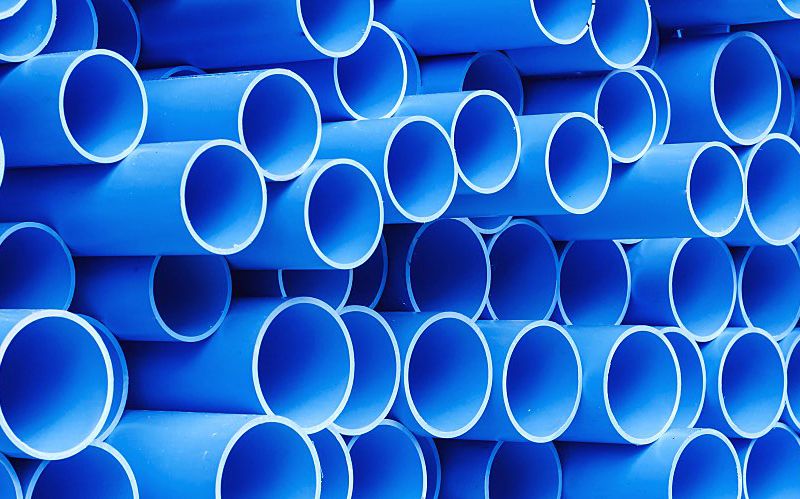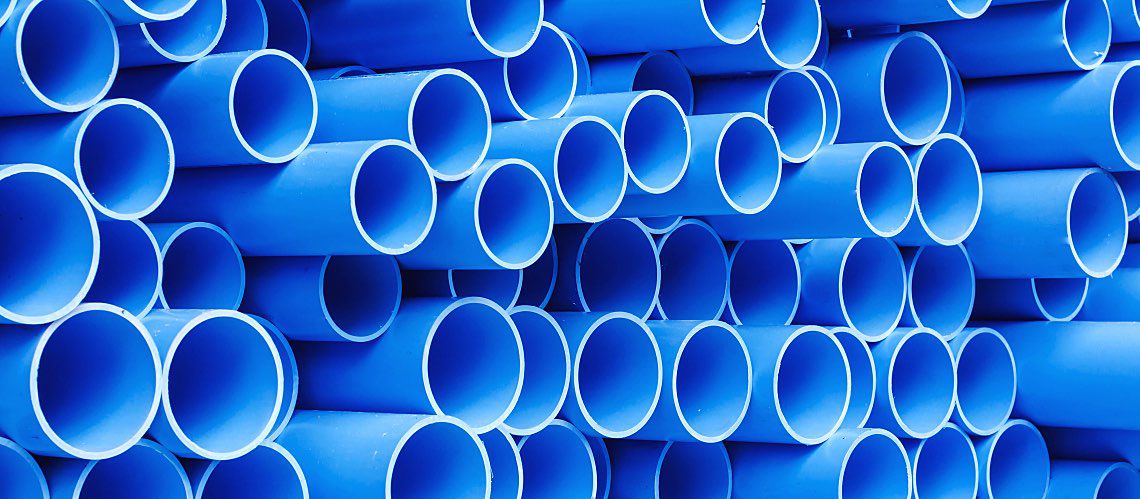US Lead Pipes Set for Replacement in New Water Infrastructure Legislation


Millions of lead pipes carrying drinking water in the United States are set to be replaced under a $1.2 trillion bipartisan infrastructure bill approved by Congress in late 2021. This legislation allocates $15 billion for replacing the 6 million to 10 million lead service lines—over the next 10 years—that the U.S. Environmental Protection Agency (EPA) estimates still exist nationwide.
Under the new law, the EPA is also revising the Lead and Copper Rule to include updated guidance for water systems on how to effectively inventory and replace lead service lines.
Water treatment experts anticipate that the federal investments will allow state health departments to conduct more water testing for lead, helping prevent exposures, especially in vulnerable populations. The legislation also establishes Centers for Disease Control (CDC) grants for local and state agencies to conduct water testing in partnership with childcare providers and school staff.
Although testing alone hasn't been enough to prevent lead contamination in American water systems to date, it remains a key part of the federal strategy to protect public health during lead service line replacements. Confusion about the lead action level and sampling requirements have dogged federal regulations in the past. The EPA recently announced plans to clarify and strengthen the rules.
Millions of Lead Pipes Remain
Lead service lines, pipes, and other fixtures currently deliver water to as many as 10 million households and 400,000 schools and childcare centers, according to the federal government. Water contaminated with lead can cause irreversible health damage, including to the brain, organs, and nervous system, in children and adults. Even low lead levels can harm a child's brain development, the CDC pointed out.
Contamination can occur from lead-based paint found in older homes, exposure to soil containing leaded gasoline, and drinking water that's come in contact with corroded lead pipes, faucets, or fixtures. Lead-based paint, leaded gasoline, and lead service lines were all banned more than 30 years ago but continue to pose health risks today.
When testing indicates lead contamination, water utilities are required to provide lead-clearing filters or alternative sources such as bottled water for the affected customers while they replace the lines.
One issue is that exposure levels from lead pipes are unpredictable, the Environmental Defense Fund's chemicals policy director Tom Neltner told U.S. News & World Report. "One day they can be low and later really high. It may be flow, water chemistry, temperature or something else. That is what makes them particularly hard to manage safely—and why replacing them is so important," he said.
No-Charge Replacement for Low-Income Customers
Lead service line replacement need isn't new, but progress has been slow in part due to lack of state and city funding, the Associated Press reported. Lines on private property tend to be the homeowner's responsibility, adding complexity to the problem.
Substantial funding from the infrastructure law is going toward addressing these challenges. One section of the act allows lead reduction grants to be used for replacing privately-owned lead service lines and requires water systems to do those replacements without charging low-income customers, JDSupra reported.
EPA Administrator Michael Regan told NBC News that the bipartisan infrastructure law is the "single largest investment in water infrastructure" in federal government history.
EPA Proposes New Regulations
In December 2021, the EPA began developing Lead and Copper Rule Improvements (LCRI) intended to strengthen compliance tap sampling requirements and cut through the confusion about action and trigger levels.
"Robust tap sampling methods are essential to identifying locations with elevated lead, whether the source of the lead is a lead service line or leaded plumbing materials within a residence," the agency said.
The EPA first issued the Lead and Copper Rule in 1991. It has since undergone three subsequent revisions. Under the federal rule currently in place, only the first liter of tap water needs to be sampled, and water utilities must take action when more than 10% of the samples exceed 15 parts per billion of lead.
A rule lowering that to 10 parts per billion while requiring testing on a fifth liter of tap water went into effect with an October 16, 2024 compliance date, according to an agency notice published in the Federal Register. The EPA intends to evaluate the trigger level requirements in the meantime.
Steve Via, director of federal relations at American Water Works Association, told the Associated Press that water utilities should inform their customers about what measures they're taking to minimize lead exposure in order to avoid alarming them.






